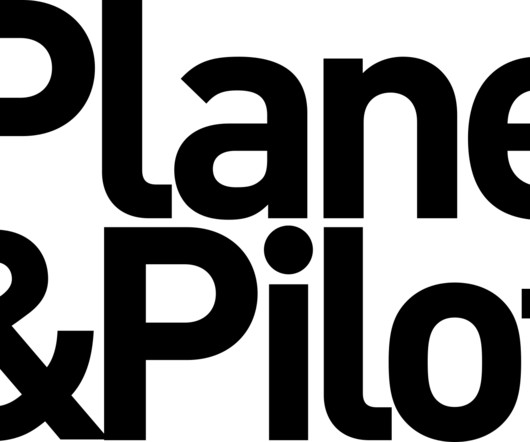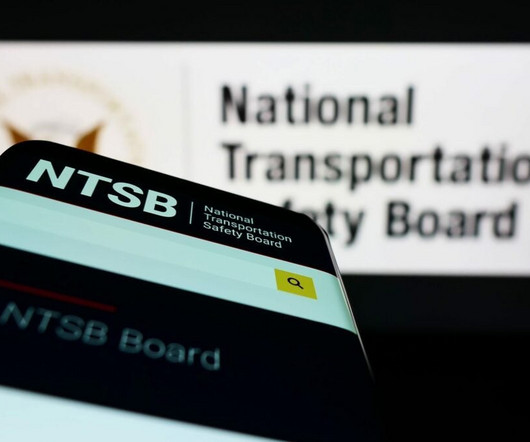The Pro Pilot Path
Plane and Pilot
MARCH 22, 2025
I had never even been in a small airplane before but decided to take an intro flight. Some have shiny new airplanes. Speaking of cost, a small independent aviation business could be dramatically easier on your pocketbook compared to one of the national academies, or even the university route. The rest is history.












Let's personalize your content